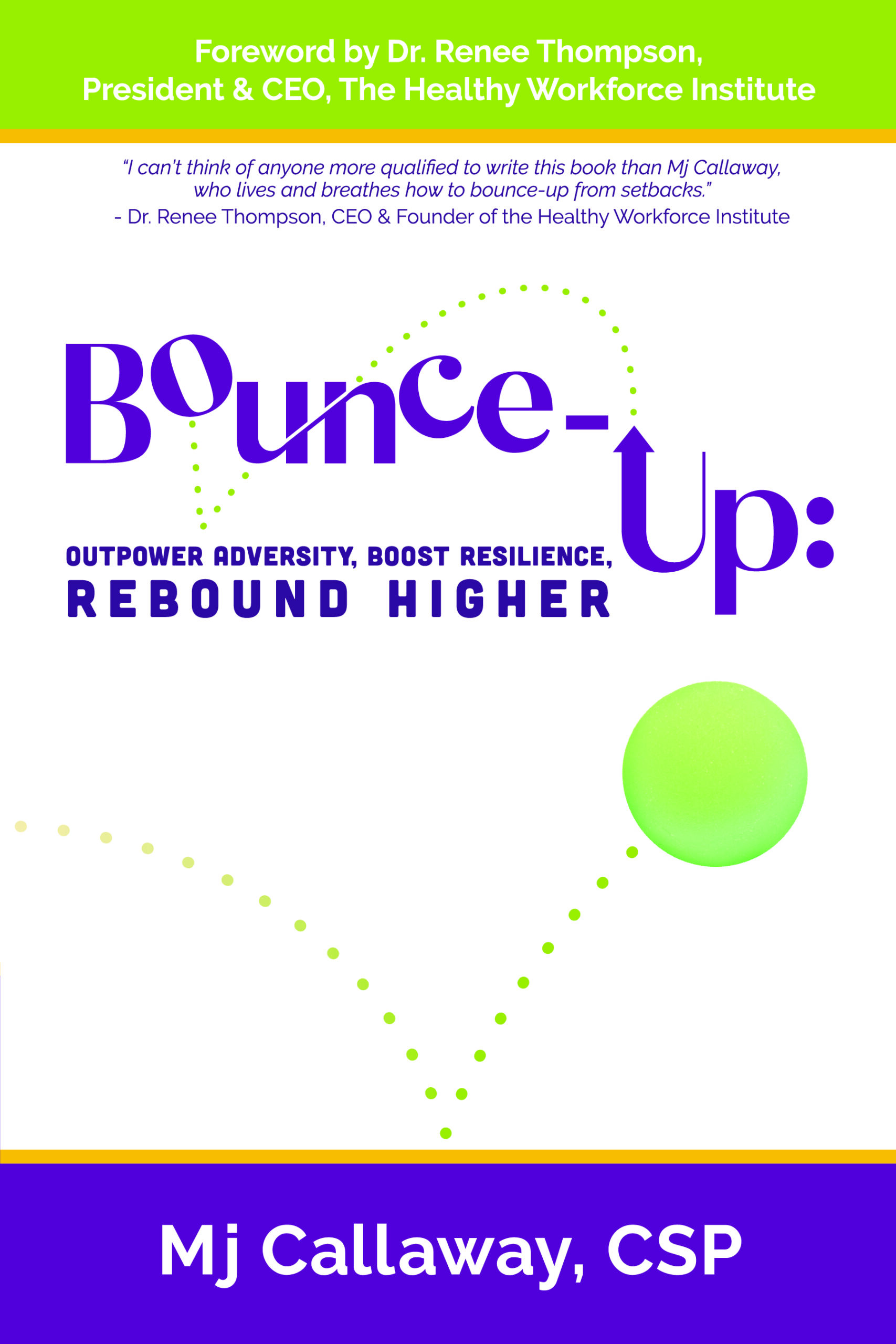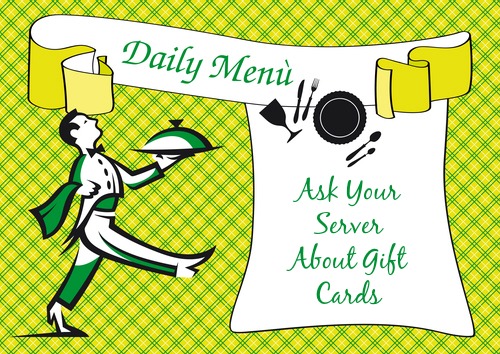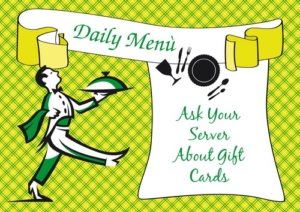Leading with Compassion While Delivering Results
Our guest blogger is Karin J. Lund, author, speaker, consultant, and founder of G-Power Global Enterprises. She shares how companies are incorporating compassion into the workplace and the positive impact it is having on productivity, employee engagement, and retention.

Can a compassionate workplace culture create a competitive edge in your market?
Can productivity and profitability co-exist with a compassionate, culture empowered workplace?
The answer is YES!
This topic is particularly relevant in the midst, of this pandemic environment. Life events and the aftermath of these events are crushing employees legally, financially, and emotionally. Creating an environment where employees and management can express and acknowledge their feelings and support one another in a work environment, and/or a virtual or semi-virtual environment is crucial if you are going to retain employees while maintaining productivity and profitability.
An estimated $75B is lost annually due to the impact of life events and their aftermath in the workplace. Acknowledging and understanding these events and their effect on employees and management is a fundamental step toward creating a compassionate, culture empowered workforce.
We have all experienced major life events and some degree of loss since March 2020 when most of the world locked down in response to the COVID19 pandemic. Our work lives and our personal, professional, family, and parental relationships have all changed. How we eat, socialize, and plan our lives have also changed.
The silver lining is that we have taken time to reconnect with ourselves, our spouses, family, children, friends, and our employees. Our furry friends have enjoyed more attention and love during this time. CEOs and executives have appeared on Zoom screens with their favorite dog or cat sitting on their laps while they spoke to us about the state of the company’s current financial and operating situation.
How do we come together through this major life event at home and at work?
For many of us, home and work are the same place right now and will be for the foreseeable future. How do managers and coworkers reach out to one another? How do we talk to one another? With millions of Americans dealing with furloughs, job layoffs, or job losses, working on the front line as a medical responder or uncertain school situations, how can we support each other in managing all of these challenging transitions?
The chapters in my book, Compassion is the Competitive Edge: Leading with Compassion while Delivering Results, to be released August 5th provide an opportunity for discussion around the disruption, the impact of life events, and their aftermath in the workplace, and how the workplace can and does impact our life events. This book encourages workplaces to come together as a team in ways you may not have thought possible
By addressing these issues, it provides a starting point for companies focus on creating, expanding, and refining a culture, and process around caring about, and for, co-workers, while contributing to the financial or service success of the organization.
Jack Weiner, CEO of LinkIn, credits his success to a compassionate leadership culture that he feels has provided his company with an “incredible competitive advantage” over any business strategy.
G-Power Global’s mission is to inspire and encourage CEOs and their organizations to create and support a workplace culture that is driven by compassion throughout all verticals of the operation. It has been my goal to encourage the continual creation of workplace environments that employees, management, and new employees support because the culture respects personal and professional values while being vested in the local and global community.
A companion online program to the book called, Your Journey Through the Islands of Grief and Loss, is an interactive, private experience which guides employees and management, as well as individuals, to confront their own personal issues and questions in relation to different aspects around loss and life events and their aftermath.
The book and will be available through Amazon on August 5th and the online program will be available around the same time on my website www.G-PowerGlobal.com. If you have any questions concerning additional online programs for your company, college/university, or non-profit group you can contact me at [email protected].
If your company or place of business incurs a sudden loss or life event, G-Power Global Enterprises is available to help your team come together following that event. Leading with compassion is not just the right thing to do. It’s also the best way to support employees so they can feel valued and do their best work. As Ram Dass says, “We’re all just walking each other home.”
Opens the dialogue to create more productive, empowered, non-toxic work atmospheres. Every corporate leader should read this book!
Michelle R. Donovan, best-selling author of The 29% Solution and A Woman’s Way
A must-read for business leaders and supervisory management.
Fred Bentzel, Managing Partner, 10x Solutions Inc., www.10x-solutions.com
This book is a comprehensive prescription for how to live the people value in the workplace.
A great tool for both managers and employees in helping build a more cohesive and caring work environment, which can lead to stronger employee retention, engagement and productivity.
Lori Gallagher, Senior HR Consultant

About the Author: KARIN J. LUND, author, speaker, consultant, and founder of the G-Power Global Enterprises. Through educational and professional input, she has authored books, created corporate workshops and online programs that encourage the development of a compassionate, culture empowered workforce that also supports productivity, services, and profitability. As a civilian responder after Hurricane Katrina and 911, Lund experienced first-hand how different kinds of loss impacts management, employees, and entire business and local communities.





 About the Author:
About the Author: 
 W.G. Barrett, Restaurant Consultant & Guest Blogger
W.G. Barrett, Restaurant Consultant & Guest Blogger